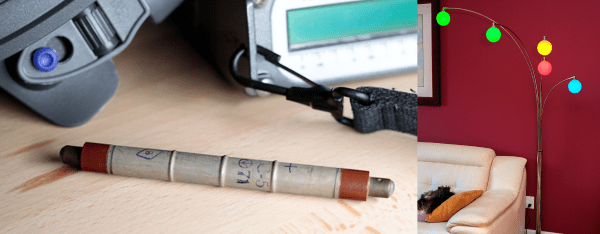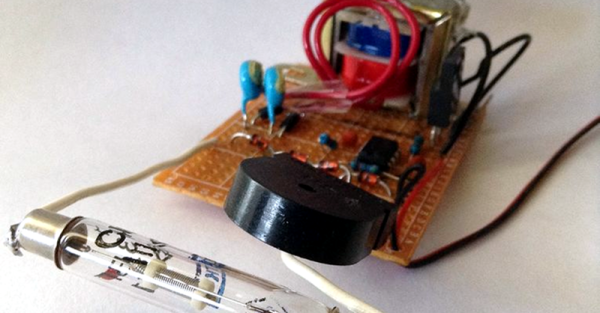[Michal Zalewski] has radiation on the brain. Why else would he gut a perfectly-horrible floor lamp, rebuild the entire thing with high-power RGB LEDs, and then drive it with a microcontroller that is connected up to a Geiger-Müller tube? Oh right, because it also looks very cool, and Geiger tubes are awesome.
If you’ve been putting off your own Geiger tube project, and we know you have, [Michal]’s detailed explanation of the driver circuit and building one from scratch should help get you off the couch. Since a Geiger tube needs 400 volts DC, some precautions are necessary here, and [Michal] builds a relatively safe inverter and also details a relatively safe way to test it.
The result is a nice piece of decor that simultaneously warns you of a nuclear disaster by flashing lights like crazy, or (hopefully) just makes a nice conversation piece. This is one of the cooler Geiger tube hacks we’ve seen since [Robert Hart] connected up eighteen Geiger tubes, and used them to detect the direction of incoming cosmic rays and use that to compose random music (YouTube, embedded below).
[Michal] is also author of the most excellent Guerrilla Guide to CNC Machining and keeps good tabs on his background radiation.
Continue reading “Mood Lamp Also Warns Of Nuclear Catastrophe”













